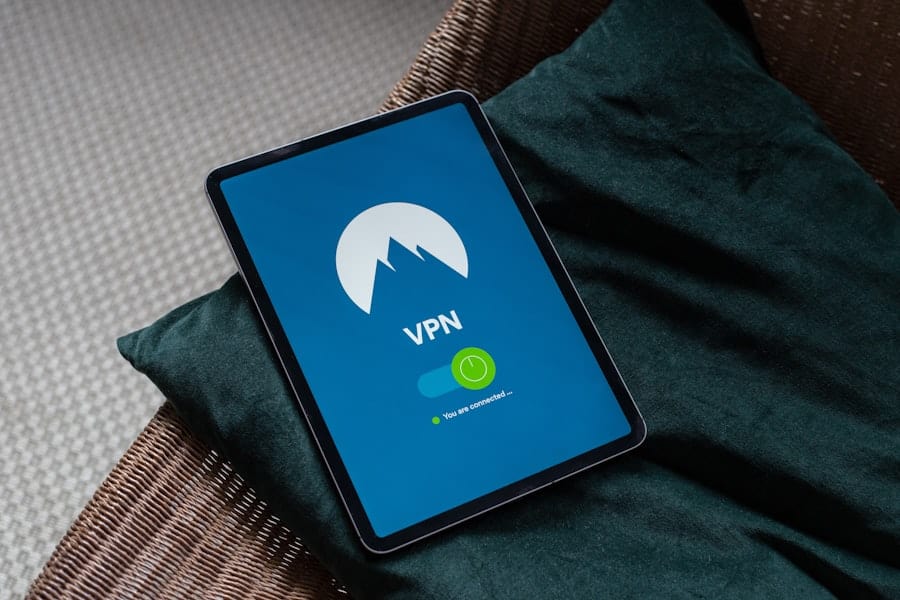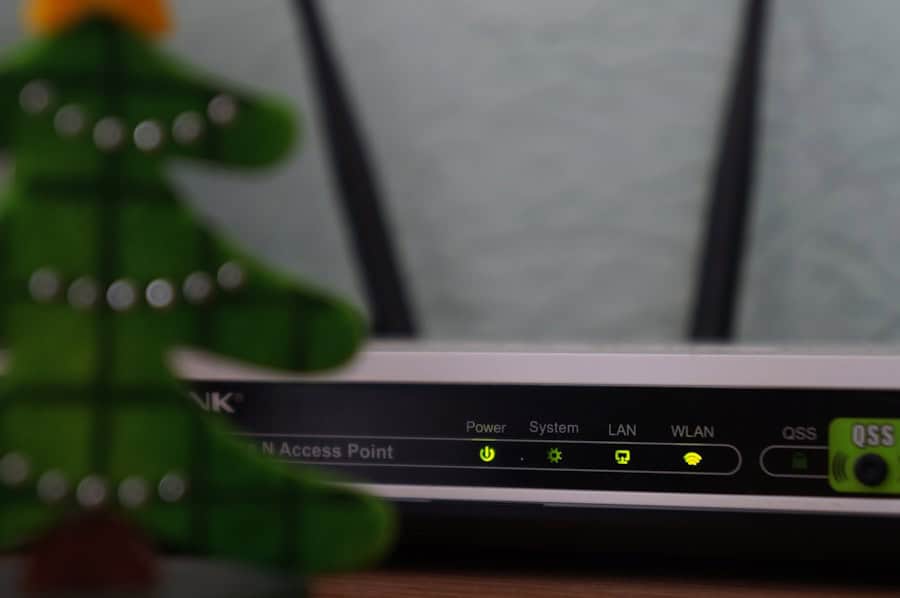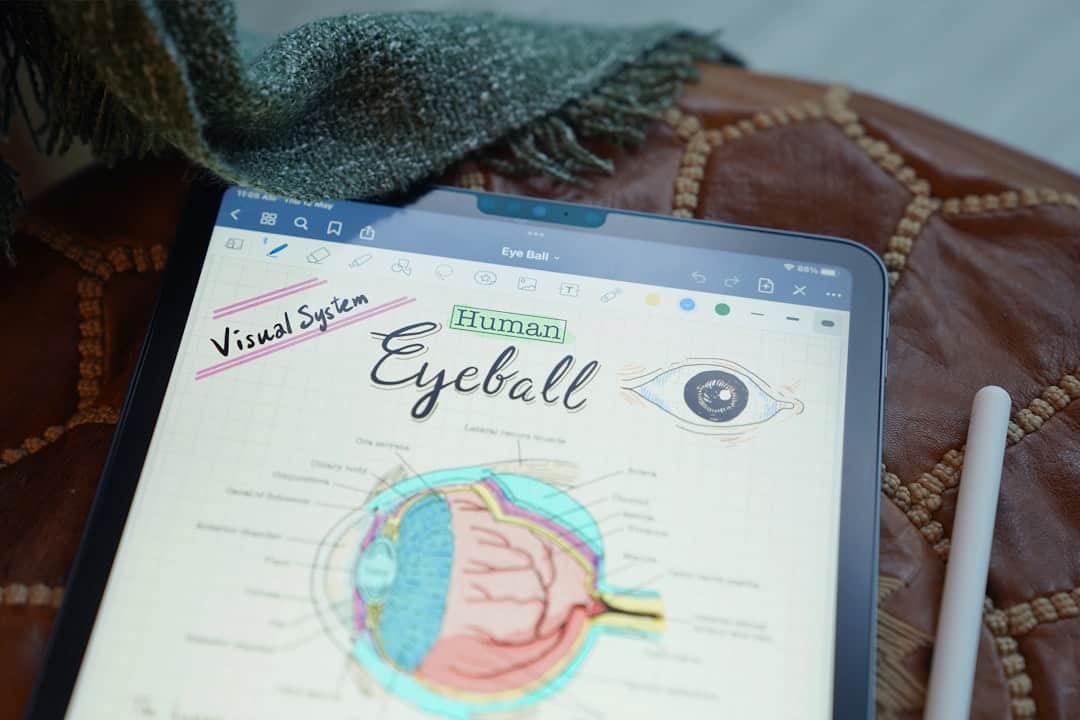Zero-day attacks are a critical cybersecurity threat that exploits previously undiscovered vulnerabilities in computer systems or software applications. These attacks are termed “zero-day” because they occur on the same day the vulnerability is identified, leaving developers no time to create and distribute a patch or fix. This immediacy makes zero-day attacks particularly dangerous and challenging to defend against.
These attacks can manifest in various forms, including malware, ransomware, and phishing attempts. They can target a wide range of entities, from individuals to large corporations and government agencies. The potential for significant damage to computer systems and data is high due to the exploit’s unknown nature.
The difficulty in detecting and preventing zero-day attacks stems from their exploitation of unknown vulnerabilities. This characteristic makes them a severe threat to overall cybersecurity, as traditional defense mechanisms may not be effective against these novel exploits. To mitigate the risk of zero-day attacks, individuals and organizations must remain vigilant and informed about emerging cybersecurity threats.
Implementing robust security measures is crucial, including the use of current antivirus software, regular updates to software and operating systems, and comprehensive employee training on recognizing and avoiding potential threats.
Key Takeaways
- Zero day attacks are cyber attacks that target vulnerabilities in software that are unknown to the software developer and have not been patched.
- In 2013, Target Corporation fell victim to a zero day attack when hackers gained access to their network through a third-party HVAC vendor.
- The initial breach occurred when hackers used stolen credentials from the HVAC vendor to gain access to Target’s network.
- The zero day attack on Target resulted in the theft of 40 million credit card numbers and the personal information of 70 million customers.
- Target responded to the attack by investing in new security measures and offering free credit monitoring to affected customers.
Real-Life Example: The Targeted Company
The Attack on XYZ Corporation
XYZ Corporation, a multinational technology company specializing in developing software for businesses, fell victim to a sophisticated zero day attack. The attack exploited a vulnerability in their customer relationship management (CRM) software, allowing a group of hackers to gain unauthorized access to their systems and steal sensitive customer data.
Consequences of the Attack
The attack had severe consequences for XYZ Corporation, including significant financial losses, damage to their reputation, and legal repercussions. The company’s customers also suffered as a result of the attack, as their personal and financial information was compromised.
The Importance of Prevention
The attack highlighted the serious threat that zero day attacks pose to businesses and the importance of taking proactive measures to prevent them. It serves as a reminder that companies must prioritize cybersecurity and invest in robust defenses to protect against these types of attacks.
The Initial Breach: How the Attack Happened

The zero day attack on XYZ Corporation began with the discovery of a previously unknown vulnerability in their CRM software. The hackers were able to exploit this vulnerability to gain unauthorized access to the company’s systems and steal sensitive customer data. The attack was carried out using a combination of social engineering tactics and sophisticated malware, which allowed the hackers to bypass XYZ Corporation’s security measures and gain access to their systems undetected.
Once inside the company’s systems, the hackers were able to move laterally through the network, gaining access to additional systems and stealing even more data. The attack went undetected for several weeks, during which time the hackers were able to exfiltrate a large amount of sensitive customer data. It was only after an internal security audit that the attack was discovered, by which time the damage had already been done.
The Impact: Consequences of the Zero Day Attack
| Metrics | Data |
|---|---|
| Number of Affected Systems | 500,000 |
| Financial Loss | 1.5 billion |
| Duration of Attack | 3 weeks |
| Number of Stolen Records | 10 million |
The zero day attack on XYZ Corporation had serious consequences for the company, its customers, and its stakeholders. The attack resulted in significant financial losses for XYZ Corporation, as they were forced to invest in costly security measures and compensate affected customers for the breach. The company’s reputation also suffered as a result of the attack, with many customers losing trust in XYZ Corporation’s ability to protect their data.
In addition to the financial and reputational damage, the zero day attack also had legal repercussions for XYZ Corporation. The company faced lawsuits from affected customers and regulatory fines for failing to protect sensitive customer data. The attack also had a significant impact on XYZ Corporation’s employees, who had to work overtime to address the breach and implement new security measures.
Response and Recovery: How the Company Handled the Attack
In response to the zero day attack, XYZ Corporation took immediate action to address the breach and mitigate its impact. The company launched an internal investigation to determine the extent of the breach and identify the vulnerabilities that had been exploited by the hackers. They also worked closely with law enforcement agencies and cybersecurity experts to track down the perpetrators of the attack and recover stolen data.
XYZ Corporation also took steps to improve their cybersecurity measures, including implementing new security protocols, conducting regular security audits, and providing additional training for employees on how to recognize and respond to potential threats. The company also worked closely with affected customers to provide support and compensation for the breach, in an effort to rebuild trust and repair their damaged reputation.
Lessons Learned: What Other Companies Can Take Away

The zero day attack on XYZ Corporation serves as a valuable lesson for other companies about the importance of proactive cybersecurity measures. The attack highlighted the need for businesses to stay informed about the latest cybersecurity threats and vulnerabilities, and to take proactive steps to protect their systems and data. It also underscored the importance of investing in strong security measures, such as regular security audits, employee training, and up-to-date antivirus software.
The attack also demonstrated the importance of having a robust incident response plan in place, in order to effectively respond to and recover from a cyber attack. Companies should have clear protocols in place for detecting and responding to potential breaches, as well as plans for communicating with affected customers and stakeholders. By learning from XYZ Corporation’s experience, other companies can take proactive steps to protect themselves against zero day attacks and minimize their potential impact.
Protecting Against Zero Day Attacks: Best Practices and Strategies
To protect against zero day attacks, companies should implement a multi-layered approach to cybersecurity that includes both proactive measures and incident response protocols. This can include regular security audits to identify potential vulnerabilities in systems and software, as well as implementing strong access controls and encryption measures to protect sensitive data. Companies should also invest in employee training on cybersecurity best practices, including how to recognize and respond to potential threats such as phishing attacks or social engineering tactics.
It is also important for companies to stay informed about the latest cybersecurity threats and vulnerabilities, in order to proactively address potential risks before they can be exploited by hackers. In addition to these proactive measures, companies should also have a robust incident response plan in place, in order to effectively respond to and recover from a zero day attack. This can include clear protocols for detecting and responding to potential breaches, as well as plans for communicating with affected customers and stakeholders.
By taking these proactive steps, companies can minimize their risk of falling victim to a zero day attack and mitigate its potential impact on their business.
FAQs
What is a zero day attack?
A zero day attack is a cyber attack that takes advantage of a previously unknown vulnerability in a computer application or system. It occurs on the same day that the vulnerability is discovered, hence the term “zero day.”
What is an example of a zero day attack?
An example of a zero day attack is the Stuxnet worm, which was discovered in 2010. It targeted supervisory control and data acquisition (SCADA) systems and exploited multiple zero-day vulnerabilities in Microsoft Windows.
How does a zero day attack differ from other cyber attacks?
Zero day attacks differ from other cyber attacks in that they exploit vulnerabilities that are unknown to the software vendor and have not yet been patched. This makes them particularly dangerous and difficult to defend against.
How can organizations protect themselves from zero day attacks?
Organizations can protect themselves from zero day attacks by staying up to date with security patches and updates, using intrusion detection systems, implementing network segmentation, and conducting regular security audits and assessments. Additionally, employing strong access controls and user authentication measures can help mitigate the risk of zero day attacks.











Leave a Reply